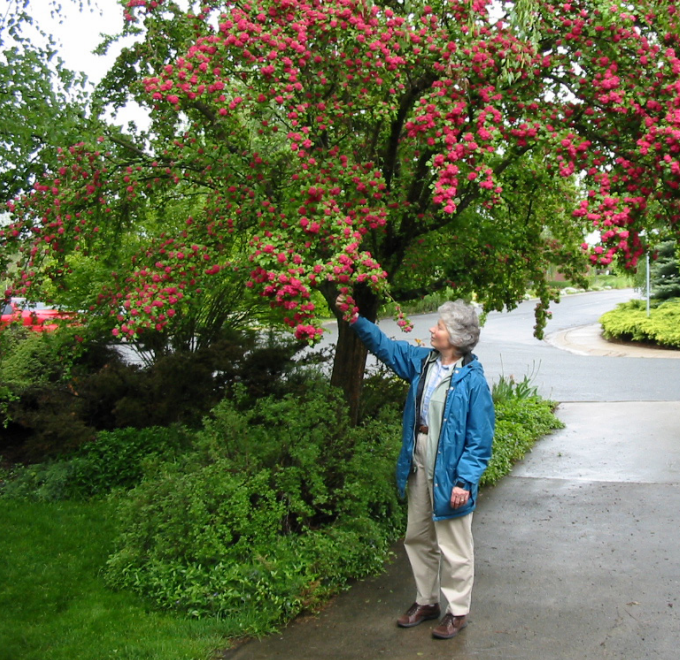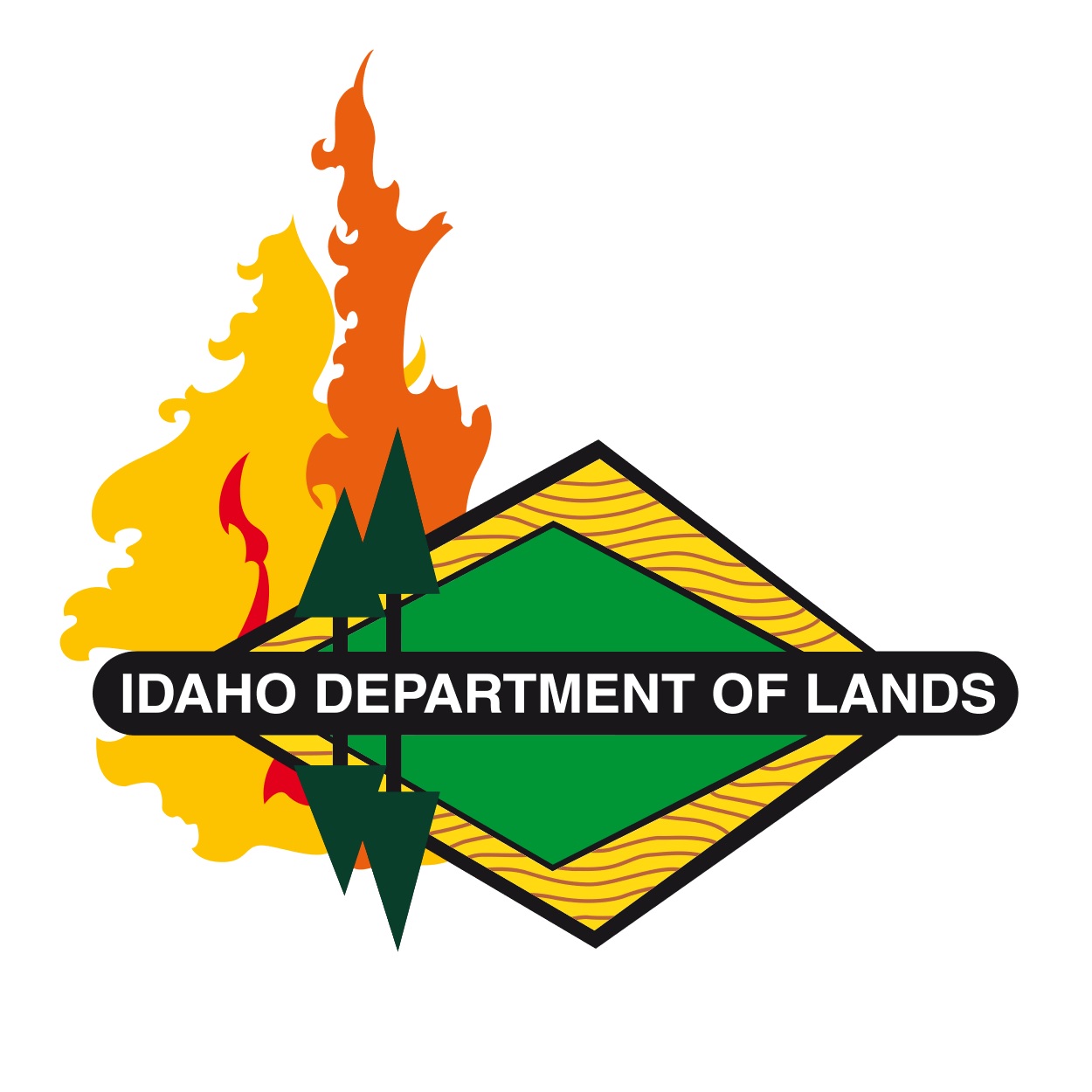Right Tree, Wrong Place

By Gerry Bates
IDL Southern Idaho Community Forestry Assistant
As I travel the state working with Idaho communities, I often see tree planting projects that make me scratch my head and wonder why a particular situation occurred. I realize that every tree is planted with good intentions, but good tree selection doesn’t only have to consider whether or not the tree will be successful, but also the location in which it’s planted.
Recently, I was asked to visit the City of Victor to look at a situation where a subdivision developer had used narrowleaf cottonwoods as street trees. The cottonwoods were planted next to a walking path and roadway, lining the entire subdivision. Once the subdivision had been completed, the city assumed maintenance of the right-of-way and the trees began to grow. In a short time (in tree years), the shallow root system of the cottonwoods began to lift up the asphalt of the walking path and in some cases, even the adjoining street. The walking path had been lifted in irregular 6-inch high ridges, making bicycling or handicapped access almost impossible.
The city asked if there were mitigation measures, so we discussed root barriers, root pruning, etc. But the nature of the roots of the species in question made it evident that any measure short of removal would be a short term fix. Therefore, I recommended that the trees be removed and replaced with an appropriate species.
When the subdivision was being planned, the public works director questioned the use of cottonwoods as street trees. Unfortunately, the project moved forward anyway. After the city took possession, the anticipated conflict became reality. I would like to encourage all Idaho cities to work closely between departments. Planning and Zoning should have a close relationship with Public Works, Parks, Streets and so on. Take the time to see if language in your tree ordinance and land use codes is compatible and be sure to have open lines of communication between departments, developers, public officials, and residents. Most issues can be resolved before implementation of a project – it just takes the time and forethought to make it happen.

